Motion graphics and 3D animation may sound the same for the novice or unfamiliar. But the truth is that these two concepts may be connected yet different. There is even some debate on whether motion graphics can be considered animation. But for clarification, motion graphics is among many animation styles. While motion graphics may sound somewhat new and modern, they have already been around as far back as the late 1800s, undergoing numerous changes and evolutions.
Fast-forward to the modern day and motion graphics has become a typical media segment you probably didn’t even notice because of how regularly it is used in all its different forms. This article discusses the difference between motion graphics design and 3D animation services design to help you determine which one suits you best.
Breathe life into static elements with motion graphics
Let’s start with motion graphics. Motion graphics use text, animation, and graphic design to create visually enticing content that tells a story or conveys information using movement. It mainly focuses on improving static visuals using dynamic elements.
Motion graphics design defined
Motion graphics design is a captivating and dynamic visual communication combining animation techniques with graphic design elements. This revolves around creating animated visuals that usually involve images, shapes, and text to promote a compelling engagement with the audience, tell stories, and convey messages.
At the heart of motion graphics design is the idea of using movement to breathe life into static visuals. 3D Designers use different software programs to animate and manipulate different elements to give them a sense of interactivity and motion. It paves the way for transforming complex concepts, ideas, or data into visually engaging and digestible content.
Motion graphics design has numerous applications in various media, including web design, marketing, advertising, television, film, and user interface elements. This works well in adding a sophisticated layer to multimedia projects, improving user experience, creating captivating advertisements, and conveying information.
With the ability to blend functionality and creativity effortlessly, motion graphics design has become an integral tool for contemporary visual communication. It allows 3D character modeling professionals to create visually memorable and stunning content that can resonate with audiences in today’s fast-paced digital realm.
RELATED: How Much Does 3D Animation Cost & Rates for Product Marketing Video Services?
Popular types of motion graphics
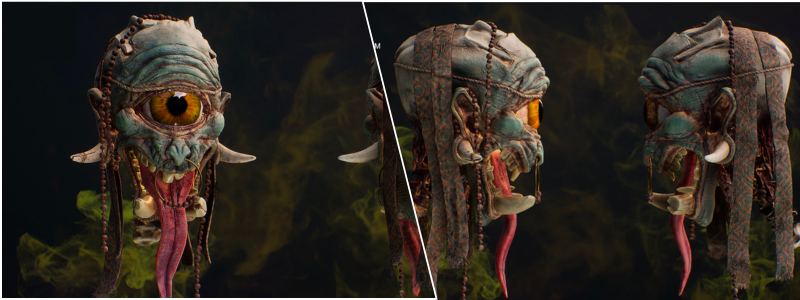
There are numerous forms and styles of motion graphics being used today. Some of the most common types include the following:
Explainer videos are where motion graphics truly shine, wherein they simplify complex processes and concepts using visual storytelling.
The incorporation of motion in infographics can add more dynamic elements to information. This allows easier digestion and understanding of complex data. These are usually used in educational videos and presentations.
This type of motion graphics boasts a combination of animated text with music or voiceovers to improve the impact of the message. This is often seen in promotional content and music videos.
Many businesses hire 3D design firms to create logo animations that provide more unforgettable brand experiences. The unique animations bring static logos to life, making them even more engaging.
It is a motion graphics style involving a creative text animation to emphasize critical points or convey a message. This is famous and commonly used in title sequences and commercials.
RELATED: 3D Character Animation and Modeling Services for Companies, Cost Rates, and Pricing
Motion graphics examples
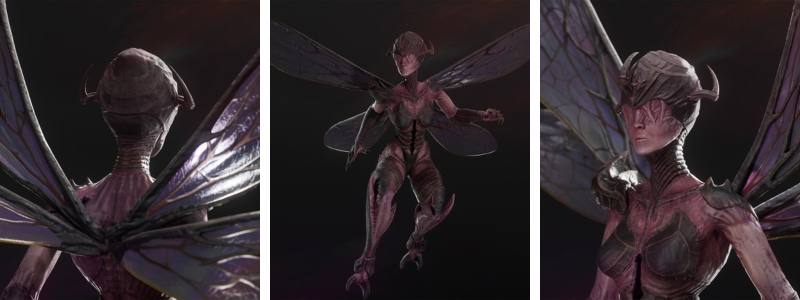
To better show their power and potential, the following are some of the best and most notable examples of motion graphics:
You might have noticed how Google often uses cute motion graphics to celebrate special holidays or events that change its logo into more interactive animations.
Many companies use motion graphics to present the benefits and features of their products in a way that appeals best to the audience’s visuals.
Motion graphics ads can be seen on almost all social media platforms, which makes them a well-loved choice for digital marketing strategies and campaigns.
TED-Ed uses motion graphics to come up with more engaging educational content. Complicated topics can become more accessible with the use of animations.
TV shows and films typically feature enticing title sequences that incorporate motion graphics that help set the story’s tone.
RELATED: What are 3D Product Animation Costs, Design Service Rates & Pricing for Companies?
Tell stories through movement with 3D animation
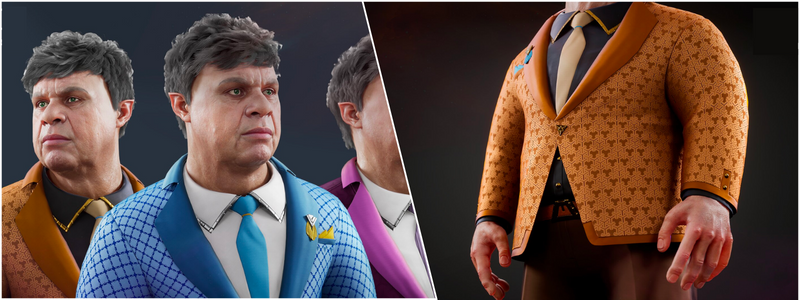
3D animation is a broader term encompassing the development of moving scenes, characters, and images using several individual frames. This involves numerous techniques, including animation’s traditional hand-drawn, stop-motion, and 3D computer animation styles.
Animation defined
At its very essence, different animation styles are the art of bringing to life inanimate illustrations or objects, instilling them with movement, emotion, and personality. In the different animation styles, every frame is a carefully crafted snapshot. Once played in quick succession, the frames produce the illusion of a continuous motion. The technique allows 3D character animators to convey ideas, tell stories, and explore and discover magical worlds in ways where the bounds of imagination are the only limits.
It involves an extensive variety of styles and techniques of animation, ranging from the conventional hand-drawn animation to the more cutting-edge 3D CGI or computer-generated imagery, stop-motion animation, and others. It has found its comfortable spot in different media, such as video games, educational content, advertisements, television series, and feature films. One of the most notable characteristics of 3D animation is its capability to transcend and go beyond language barriers and connect with audiences of different backgrounds and ages from all walks of life.
This can evoke wonder, laughter, and tears, which makes animation a powerful tool for storytelling, entertainment, and education. Animation is the mystical art of bringing stills to life that allows creativity to soar to greater heights and exciting stories to flourish and thrive on screen.
RELATED: A Guide to 3D Virtual Reality Animation Rendering Services for Companies and Firms
Different styles of animation
3D animation is vast with numerous styles, and the most notable ones are the following:
2D animation is a traditional hand-drawn animation characterized by its charm and simplicity. This is usually seen in conventional cartoons.
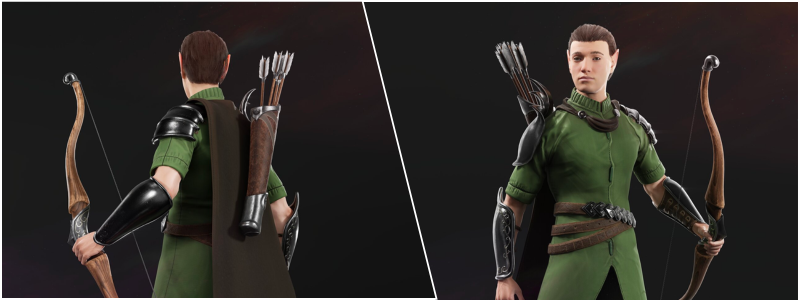
3D animation is a style that offers realism and depth. This is suitable for 3D architectural visualization services, video games, and movies.
Claymotion uses figures made from molded clay for animation. The best example of claymotion is Chicken Run.
Cutout animation is a style that involves moving cutout objects or characters against a two-dimensional background. This cost-effective style is used in some shows, such as South Park.
This style involves taking photos of physical items one frame after another to produce the illusion of movement. This is used in movies such as Wallace and Gromit.
RELATED: What 3D Animation Software Is Used by the Best Product Design Companies?
Motion graphics design vs. 3D animation design
Now that you have a good idea of what motion graphics and animation are all about, here is a quick overview of the differences between these two:
3D animation allows for more diverse visual styles and more artistic freedom. Motion graphics, on the other hand, usually adhere to a corporate and clean aesthetic.
Animations, specifically 3D animations, can involve more lifelike details and intricate movements of characters. Meanwhile, motion graphics generally feature simple character animation and minimalistic design.
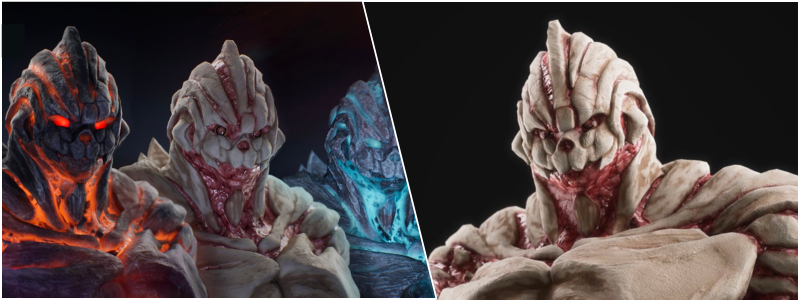
Animations can range from feature-length films to short movies, while motion graphics are often more concise.
The main goal of motion graphics is to enhance static visuals or convey information, which makes them perfect for marketing and presentations. On the other hand, animation focuses on character development, emotion, and storytelling, which makes it ideal for narrative-driven content and entertainment.
Even though both motion graphics and animation use animation software, motion graphics mostly rely on software such as After Effects. Meanwhile, animation involves different software and techniques, including stop-motion equipment, 3D and 2D animation software, and more.
RELATED: How a 3D Product Animation Service Can Boost Your Marketing Efforts
When to use motion graphics and animation
Simply put, motion graphics is the better option to outline or emphasize some facts about your brand and illustrate specific points you’re trying to convey. Motion graphics are typically used if there is no need to delve into the details or go deeper with storytelling or narrative. Motion graphics videos can break down even the most complicated services or products and represent them most memorably.
On the other hand, 3D product animation services may be used for applications intended to guide users regarding products, projects, or websites and convince people to take the necessary actions. This allows the incorporation of different interactive elements and captures users’ attention by using animated effects that can help business websites increase their ROI and boost conversions. A website based on storytelling might especially take advantage of including animation design.
How Cad Crowd can help
Cad Crowd is the favorite platform of all companies and firms looking for motion graphics and 3D animation design services.
